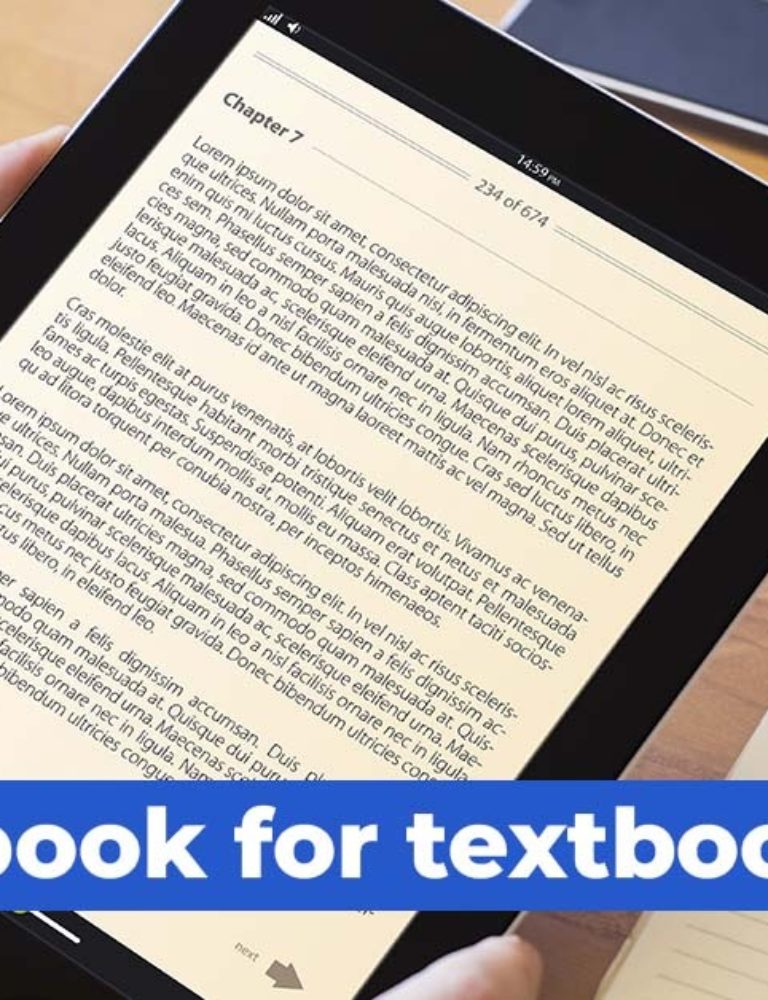Technology is making inroads in every aspect of our lives and education is no exception. The tech-savvy millennial generation has literally grown up with technology and traditional classroom settings can no longer satisfy their curiosity for knowledge and information.
Neither can they be satisfied with the filtering down of knowledge from the teacher and the taught – they want answers and they want the education process to be more engaging, real-time, and immersive.
Learners are less prone to accept anything at face value and they want immediate answers. Also, with smartphones and Internet connections, they have any time access to online resources. This builds the case for educators to harness technology and improve learning outcomes for K-12 school students. They need to redesign their courses to suit the learning needs of the new tech-savvy generation and improve learning outcomes.
How K-12 Schools Improve Students' Learning Outcomes With Technology?
1. Augmented Reality:
Augmented reality (AR) is gradually becoming an integral component of educational strategies and is being widely adopted by K-12 schools. AR makes it possible to add a layer of enhanced reality to a virtual world, which in turn, provides teachers an opportunity to enhance the learning experience, making it more alive, more relevant and more contextual to the learner.
Related: Augmented Reality Technology – The Future of Education
According to investment bankers, Goldman Sachs augmented reality “has the potential to become a standard tool in education and could revolutionize the way in which students are taught, for both the K-12 segment and higher education.” The report further states that by 2025, there would be 15 million users of educational AR worldwide, amounting to a $700 million market.
Top 2 ways K-12 schools use Augmented Reality tools to improve students' learning outcomes:
Pre-made courses:
Since everyone these days has a smartphone, students can use AR apps on their phones and bring alive the lessons in their text books. For this, the books would first have to be AR-enabled. In fact, most digital publishers are offering AR-enabled textbooks for K-12 schools.
What this means is that they add AR features to their books, for example, a lesson on the blood circulatory system may have a digitally-enabled heart that would come alive, showing its functioning in real time, when the students point the AR app to the diagram. With digitally-enabled books, teachers are also spared the effort of creating their own teaching aids to supplement their lessons.
AR-enabled worksheets:
These sheets are a great way to motivate K-12 students to learn by doing. Again, the students would need an AR app on their smartphones. On pointing the app to their digitally-enabled worksheet, they would be able to see online elements such as video, quiz, map, podcast or a virtual representation of a 3D object, which provide more information on the subject under study.
The rich media formats and the contextual information can be used to stimulate student interest and imagination, prompting them to explore further. Thus, with digital technology, students can learn at their own pace, try out various activities and learn by doing.
2. Gamification:
Let’s be honest – given a choice between playing a game or solving Math problems, students would definitely prefer playing a game. Games can be used to liven up classroom teaching. However, it is important to make a distinction between games and gamification. While games are for fun, gamification has elements such as point scoring, competition features, rules of play etc., that motivate students to perform certain tasks, and if they fail, revisit these games till they master the concepts.
These games have levels, and students have to successfully complete one level before proceeding to the next. In K-12 schools, game-based learning can be a successful means to capture and retain interest of students who are bombarded with a sea of information demanding their attention. This is why more and more K-12 schools are taking to gamification to make education more interesting and entertaining and achieve learning outcomes.
To explain gamification with an example, take the revamped Google Arts & Culture platform which can be used to discover and view art online. Several quizzes are embedded in the platform which are actually games.
For example, there is a game that asks the “Art Selfie.” The users can take their selfie and upload on the app and then see how their faces resemble someone in a painted portrait. By using the app, students are able to learn about art and artists, which is a way better means to learn about artists and their works.
Related: Top 7 Innovations in K-12 Education
3. Blended Learning:
While K12 schools can improve their learning outcomes with technology, keep in mind that technology cannot replace human interaction. It is for this reason that most educational institutes have adopted the blending learning approach. Blended learning combines traditional face-to-face learning with peers with online resources to make lessons more interesting.
Blended learning approach also helps to provide a level playing field to all students. As it is generally seen, a class has students with varying level of abilities in learning and retaining. Teachers can provide links to online resources to enable students to come prepared for a lesson to be taught in the class.
For the slow students, this provides an opportunity to brush up their knowledge so that they are better prepared to understand the lesson in class. This also translates into better use of time for the teachers as when students come prepared they have more time for constructive interactions with the students.
Whitepaper:
The State of Digital Content in Global K-12 Education
Conclusion:
The use of technology in K-12 school curriculum can take the students beyond the confines of the classroom, giving them the opportunity to learn by doing. By taking control of their own education, the students can also build on their research skills and gain some additional skills that would hold them good in the real world.
Besides, technology helps to break the monotony of classroom teaching, given that most technology-enabled resources are available in rich media formats such as audio/video, images, and graphics, etc., which make learning more fun, engaging and relevant.
Related: Are Digital Textbooks More Effective for K-12 Curriculum
Related: 9 Benefits of Interactive eBooks
DISCOVER HOW AN INTERACTIVE EBOOK PUBLISHING & DELIVERY PLATFORM CAN HELP YOU
Kitaboo is a cloud-based content platform to create-publish & distribute interactive mobile-ready ebooks.
You May Also Like






